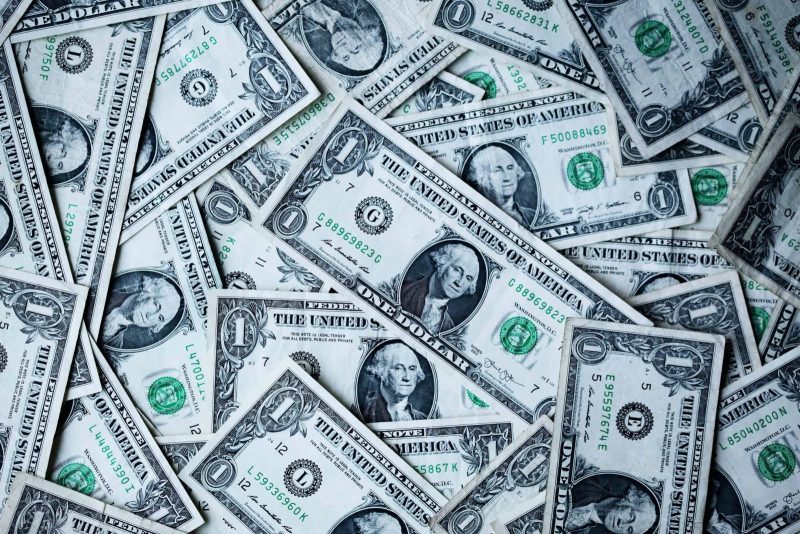What Is Money Supply And How To Determine It?

In business, the term money supply indicates all currency or other liquid instruments of the country’s economy through the measurement date. The cash amount includes easy-to-use deposits and cash itself. Money circulation/supply is closely related to business and the economy, so we need to understand it.
What Is The Money Supply?
Governments issue coins and cash through their coffers and central banks. The amount of money circulation in a certain area is the supply of money. Money circulation is essential for every country.
For that reason, bank regulators have to keep an eye on their availability. The supply of money is monitored by various regulations including reserves. Economists try to analyze the amount of money circulation. They develop certain policies to be able to control interest rates.
This includes controlling the reduction or increase in money circulation. Analysis of both the private and public sectors needs to be applied. The reason is that by finding out the condition of the money circulation, one can also find out both inflation, business cycle, and price level of a country.
Policy in the US which is an important determining factor for money circulation is the Fed.
What Effect Does The Money Supply Have On Business?
If the number of money circulation is large, people tend to be more consumptive. If people are consumptive, prices tend to rise. If this happens intensely, inflation will occur. If society is consumptive, it can trigger business people to produce a lot of goods.
The hope is that more products will be sold. Because of that, the amount of money circulation can affect the course of a country’s economy and business.
How Does The Money Supply Work, What Is It Used For?
The increase in money circulation, it can make interest rates decrease. This condition can generate a lot of investment, then put a lot of money also in consumers. The business response is to order lots of materials and then increase production to earn more money.
These activities will increase the need for labor. But the opposite can happen if money circulation decreases. One of principal movements of country’s economy is money supply. Changes in money circulation are considered key factors to drive business cycles and macroeconomic performance.
Analyzing macroeconomics plays a very important role in the amount of money circulation. Influential analyzes include Monetarism, Quantity of Money, and other analyses.
If we look at money circulation historically, money circulation shows the relationship between the condition of money on the price level and inflation.
How To Determine The Money Supply
The type of money circulation has a certain classification, M0/ M1/ M2/ M3. Classification of money circulation based on the size and type of account where the instrument is kept. Types of supply can be divided into categories of liquidity.
1. Narrow Money
M0-M1 are “narrow money”, types of money in circulation that can be easily converted into cash. M1 or M2 are short-term deposits in banks or mutual funds on the money market.
2. Long Deposits
Money circulation can be determined by knowing the categories included in long deposits, for example, M2/M3. That’s a brief explanation of the money supply. What must be understood is that the amount of money circulation is an essential indicator that the government must regulate and monitor. Its function is to stabilize the country’s economy.


